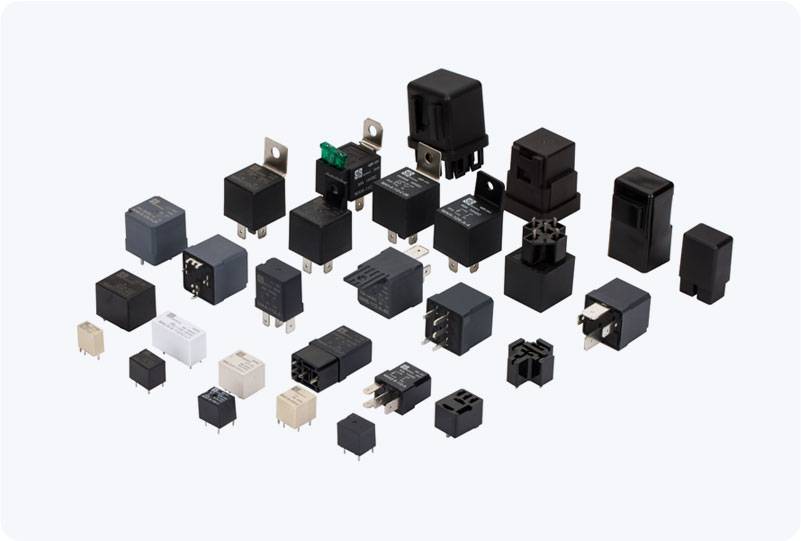In the rapidly evolving world of electric vehicles (EVs), one component that plays a critical role in ensuring their safety and efficiency is the EV Main Contactor Relay. Although often overshadowed by more prominent features like batteries and motors, this relay serves as the “gatekeeper” between the high-voltage battery pack and the vehicle’s powertrain. Its primary function is to control the flow of electrical current, enabling or disabling power to the motor and other critical systems. This article delves into the function, significance, and technology behind the EV Main Contactor Relay, shedding light on how it contributes to the seamless operation of electric vehicles.

What is an EV Main Contactor Relay? An EV Main Contactor Relay is an electrical switching device that controls the high-voltage current flow between the battery and the powertrain of an electric vehicle. Essentially, it acts as a switch that either connects or disconnects the battery from the motor depending on the operational state of the vehicle. When activated, the relay allows power to flow to the electric motor, enabling the vehicle to drive; when deactivated, it cuts off power, ensuring safety when the vehicle is off or during charging. Functions of the EV Main Contactor Relay Power Management: The most crucial role of the EV Main Contactor Relay is to manage the flow of electricity from the battery to the motor. When the vehicle is started, the relay closes, allowing the battery to send power to the motor. In contrast, when the vehicle is powered off or during certain maintenance procedures, the relay opens, cutting off the battery’s connection to the motor. This function is essential in preventing unintended power drain and protecting the components from electrical overload.